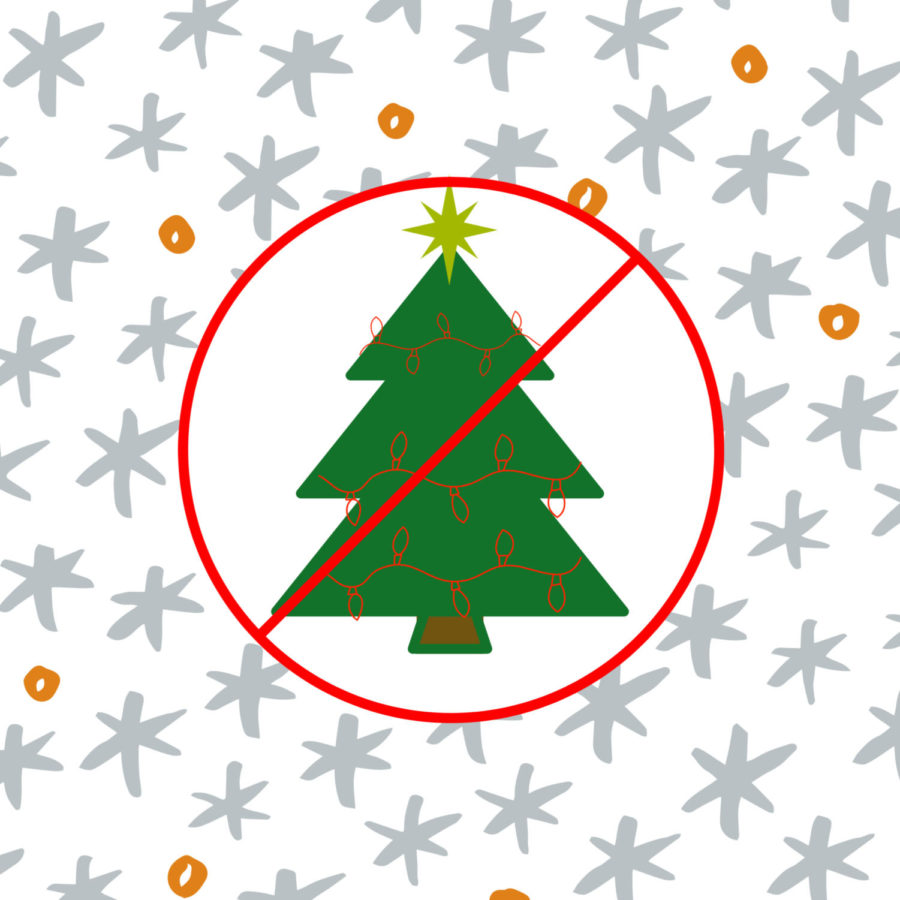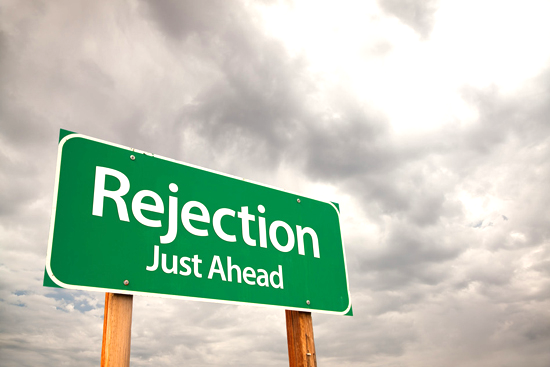Tisn’t the Season
Why I Hate Christmas
I hate Christmas.
It’s expensive, it’s horrible for the environment and it has a tendency to destroy your mental health.
The World Economic Forum reports that Americans plan to spend one trillion dollars on Christmas this year.
One trillion.
With half of one trillion dollars, we could buy up biodiverse land such as forests in the Amazon and help to restore and protect the plant and animal species in those areas which not only would preserve species but also help to capture more CO2 from the air naturally [New York Post].
With simply seven billion dollars, we could deliver food to the millions of people facing famine [World Food Program USA].
With 20 billion dollars, we could end homelessness in the United States [Department of Housing and Urban Development].
The moral of the story is that spending one trillion dollars on things people probably don’t want or need is absolutely ridiculous.
Additionally, CNBC reports that “more than 1 in 3 consumers said they spent more than they could afford, now owing $1,249, on average.”
Not only do people obviously not have any desire to fall into debt but putting people in a tight spot financially is essentially a death wish, especially when you put today’s economic climate on top of it.
Secondly, the world’s citizens are already pretty good at destroying it, but during the holiday season, it worsens tenfold. According to the Center for Global Development, decorative seasonal lights take care of 6.6 billion kilowatt hours of electricity consumption every year in the United States. This is more than the national electricity consumption of countries such as El Salvador, Ethiopia, Tanzania, Nepal and Cambodia.
The national electricity consumption.
This means that the U.S. uses more electricity on some pretty lights in approximately three to four months than some countries use all year.
Additionally, a study by Stanford reports that “if every American family wrapped just three presents in reused materials, it would save enough paper to cover 45,000 football fields.”
For reference, 45,000 football fields are 4,500,000 yards (approximately 2556 miles), which is roughly the distance from Chicago to Juneau, Alaska.
While there are alternatives that could lead to less environmental damage, such as using a fake tree as opposed to a live one in order to reduce deforestation (although you’d have to use a fake tree for at least eight to nine years in order to have it pay off [MSU]) or using old live Christmas trees in useful ways, such as mulch or firewood.
Lastly, Christmas and winter in general have a really good way of destroying your mental health.
According to the National Alliance on Mental Illness, 64% of individuals with mental illness felt that their conditions worsened around the holidays.
Between seasonal depression, which affects six percent of the U.S. population, and family-related stress, the winter holiday season is a minefield of depression, anxiety and PTSD.
According to McLean Hospital psychologist Elsa Ronningstam, “It’s important to understand that triggers for holiday angst come from many sources. Memories, stressful patterns that seem to occur every holiday, or potential new crises are common triggers.”
Medicine.net also reports that “holiday blues” can be caused by “stress, fatigue, unrealistic expectations, overcommercialization, financial stress and the inability to be with one’s family and friends.”
In short, the holidays are too stressful for us, the world and the average person’s bank account to be enjoyable anymore.




